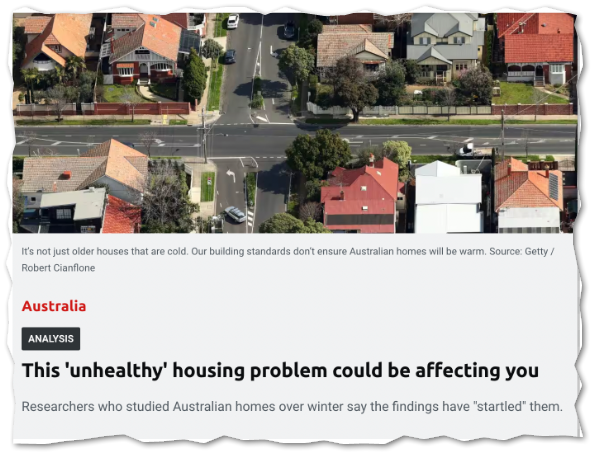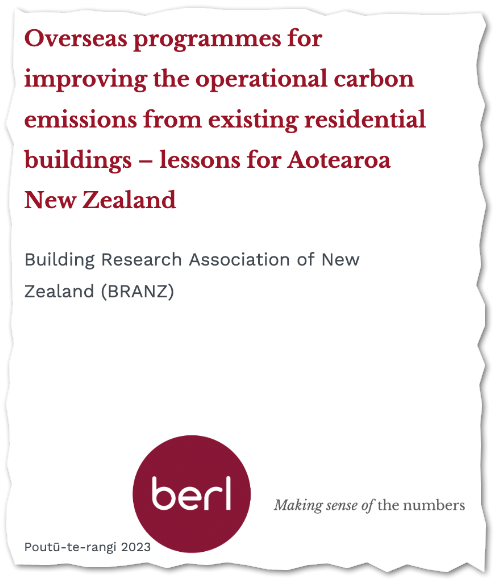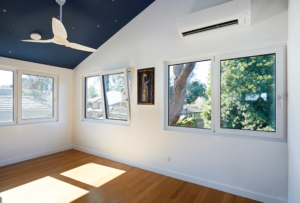Sleep is super important for good health and a good life. We know this but generally overlook how building design choices impact sleep quality. An ASHRAE Journal article just published cites an Australia study which estimated the overall cost of sleep disorders in 2019 and 2020 to be USD$35.4 billion! “[T]he financial cost component was USD$10.0 billion … comprising health …
Filtering out fine particulates increases life expectancy

Indoor air filtration capable of reducing PM2.5 particles increases life expectancy and experts argue should change standards to require better filtration. In general, the filters in ventilation equipment are primarily designed to protect the equipment and not to make the air better for those who breathe. There are exceptions, such as the F7 filters in the Passive House-level MVHR systems, …
Scotland sets example for new building performance
Commit to the outcome then work out how to get there, argues Andy Marlow, a leading Australian Passive House designer and former APHA board member. In a recent essay on The Fifth Estate, he highlights how the Scots decided all new builds needed to perform to the Passive House standard—before working how what it would cost or how to pay …
Australian homes aren’t warm either

Australia is much warmer than New Zealand but apparently not inside their homes in winter. This new study points out that 80% (!) of the Australian homes measured failed to meet WHO recommendations for minimum indoor temperatures. We know from our own issues here in New Zealand that cold equals mould and poor health. The problem of cold homes isn’t …
Economic benefits to extensive housing retrofits

Large-scale retrofit programmes to improve New Zealand housing would generate huge benefits, according to a recent report by BERL: $50 billion in health and energy savings and over $116 billion in broader well-being benefits, depending on the level of investment in retrofitting homes. The report examined international retrofit projects and investigated the economic impacts of a large scale programme. Three …
Embodied carbon tools from NZ Green Building Council
The NZ Green Building Council undertook detailed consultation into what its clients needed to assess embodied carbon. It has released a suite of tools to assist with measuring, verifying and comparing embodied emissions in new buildings and major refurbishments. “The built environment, including infrastructure, contributes 20% of New Zealand’s emissions,” it notes on the release page. “Reducing embodied carbon is …
Q&A with Jason: explain heating load vs demand
Q. What is the difference between heating demand and heating load and how is each measured? How do these numbers impact on Passive House certification? A. Both these numbers are important. Passive House certification sets an upper limit for both these metrics: breach both and you’ll miss out on certification. However, the point of measuring these two things is to …
Your clients must own the risk that goes with cost-cutting
How is risk allocated in the design of new buildings? Who benefits and who pays for it? This is at the crux of some very interesting conversations I’ve been having recently with designers and engineers on multiple projects. Sustainable Engineering has recommended particular solutions that carry almost no-risk. Yet the client doesn’t want to pay for best practice solutions and …
The slow switch to ISO standards in NZBC
New Zealand is slowly switching over to using ISO standards, at least for our building energy work and code in H1. The revised H1 switches to the following standards, so far: ISO10211, ISO10077-1/2 ISO13370 I expect that someday we will replace NZS4214 with ISO6946. I also suggest we explore adopting ISO standards under the “The Energy Performance of Buildings Directive …
